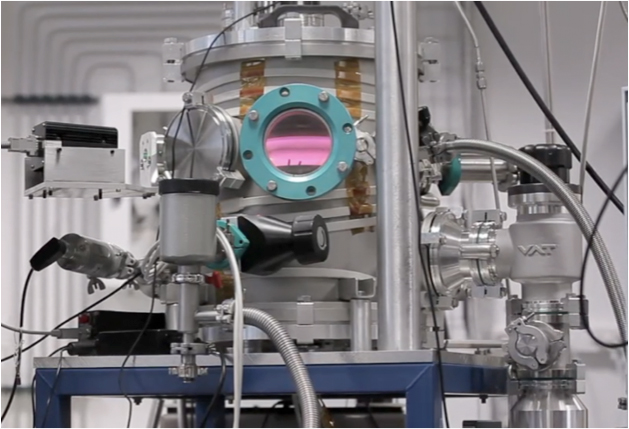
Titan, Saturn’s largest moon, has long fascinated scientists and researchers due to its unique atmosphere and surface conditions. With its dense atmosphere primarily composed of nitrogen, and the presence of liquid methane and ethane on its surface, Titan presents an environment unlike any other in our solar system. To truly understand the substances found on Titan, experiments conducted in laboratories on Earth play a crucial role. This blog explores how these experiments can help us glean insights into Titan’s mysterious substances.
Understanding Titan’s Environment
Before diving into the experiments, it’s essential to grasp what makes Titan so intriguing. The moon’s surface temperature hovers around -290 degrees Fahrenheit (-179 degrees Celsius), making it one of the coldest places in the solar system. This extreme cold enables the existence of methane and ethane in liquid form, raising questions about the potential for chemical reactions and even life.
The Role of Laboratory Experiments
Laboratory experiments help scientists simulate Titan’s harsh environmental conditions, allowing them to study the behavior of various substances. By recreating Titan’s low temperatures and high pressures, researchers can observe how materials interact under these extreme conditions. These experiments can shed light on the following aspects:
- Chemical Composition: By analyzing the chemical reactions that occur in Titan-like conditions, scientists can identify the substances present on the moon’s surface. For instance, experiments can reveal how methane interacts with other organic compounds, providing insights into Titan’s potential for hosting prebiotic chemistry.
- Physical Properties: Understanding the physical properties of substances at Titan’s temperatures is vital. Laboratory studies can determine how the viscosity of liquid methane changes at different temperatures, affecting its behavior on Titan. Such knowledge is crucial for future missions aiming to land on and explore Titan.
- Atmospheric Chemistry: Titan’s thick atmosphere is rich in organic molecules, formed through complex chemical processes. By simulating Titan’s atmosphere in a lab setting, scientists can study how these organic compounds form and evolve, offering clues about the moon’s atmospheric processes and their implications for potential habitability.
- Impact of Radiation: Titan is subject to various types of radiation from space. Laboratory experiments can mimic this radiation exposure to study how it affects the chemical stability of Titan’s surface materials. This research is essential for understanding the longevity of organic compounds and the potential for chemical evolution.
- Astrobiological Implications: The unique conditions on Titan raise questions about the potential for life beyond Earth. By examining how organic molecules behave in lab simulations, scientists can explore the possibilities of prebiotic chemistry and the emergence of life in environments vastly different from our own.
Collaborative Efforts and Future Missions
Collaboration between laboratories, universities, and space agencies is vital in this research area. By sharing data and findings, scientists can develop comprehensive models of Titan’s environment and better prepare for future missions, such as NASA’s Dragonfly mission, scheduled to launch in the coming years. This innovative rotorcraft will explore Titan’s surface, conducting in situ experiments to gather real-time data about its substances and conditions.